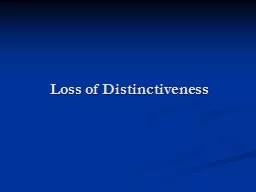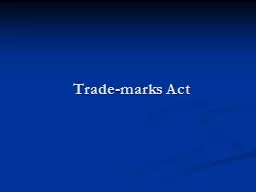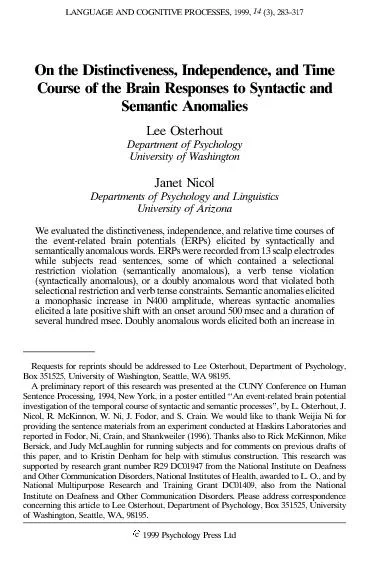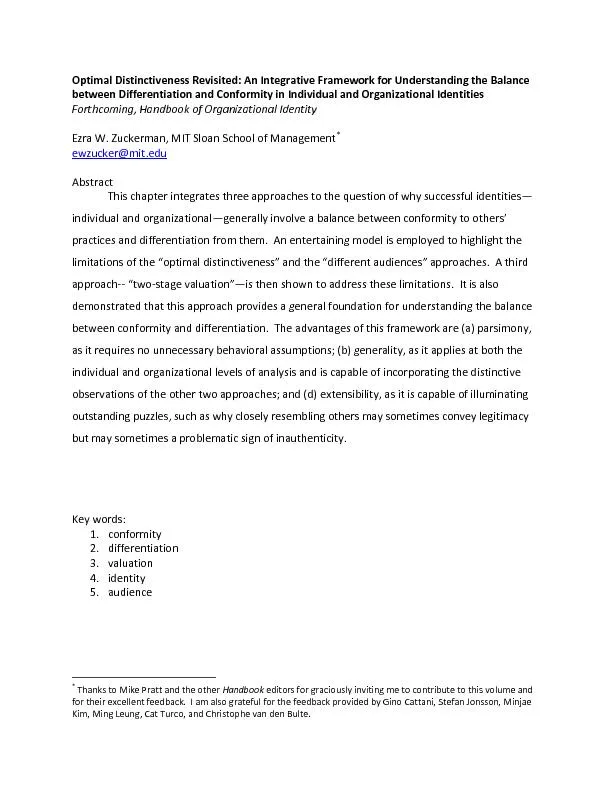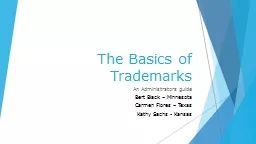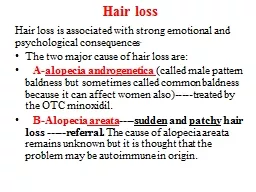PPT-Loss of Distinctiveness
Author : karlyn-bohler | Published Date : 2016-03-25
Loss of Distinctiveness Generally a mark can lose distinctiveness in two ways Used by a competitor as a mark for a sufficient period of time that the public no longer
Presentation Embed Code
Download Presentation
Download Presentation The PPT/PDF document "Loss of Distinctiveness" is the property of its rightful owner. Permission is granted to download and print the materials on this website for personal, non-commercial use only, and to display it on your personal computer provided you do not modify the materials and that you retain all copyright notices contained in the materials. By downloading content from our website, you accept the terms of this agreement.
Loss of Distinctiveness: Transcript
Download Rules Of Document
"Loss of Distinctiveness"The content belongs to its owner. You may download and print it for personal use, without modification, and keep all copyright notices. By downloading, you agree to these terms.
Related Documents

